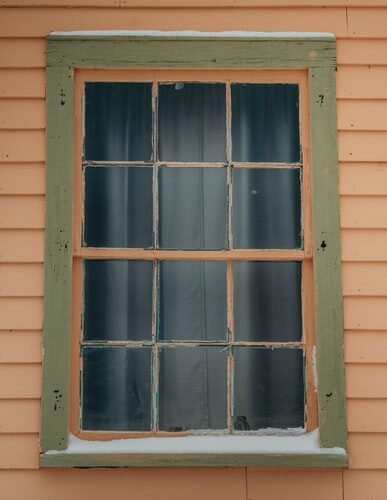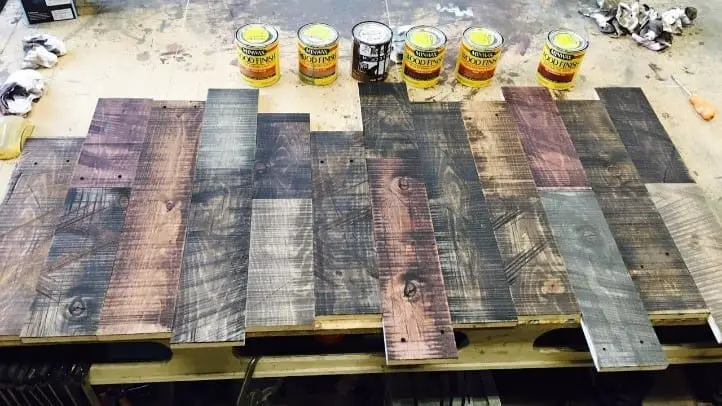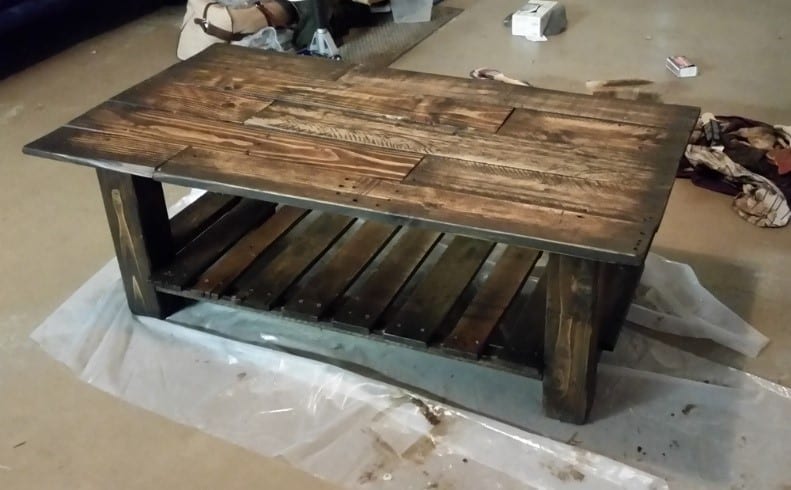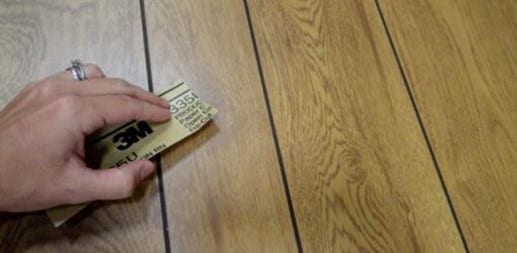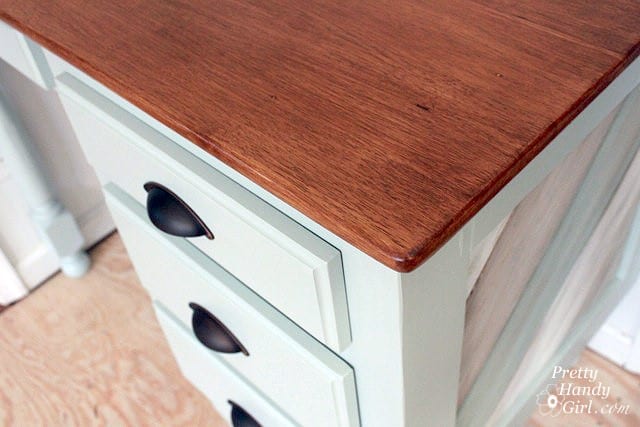Wood gaps are common problems to the establishment. There are multiple reasons why your wood exteriors will become damaged.
The primary reasons for such gaps are age, humidity, and atmospheric conditions. Although there is no way of stopping this from happening, you can still fix the problems.
There are multiple ways to fix gaps in wood siding. But for the most part of this how to fill gaps in wood siding guide we will talk about one particular way, which is the easiest.
After the steps, we’ll list out some other alternatives that could be helpful for you.
Steps to fill gaps in wood siding
Before we get into the steps, here is what you will need for this method:
- A screwdriver.
- 120-grit sandpaper.
- Epoxy.
- Wood filler.
- A clean stick.
- Putty knife.
- Gloves.
- File.
- A rasp.
Step 1: Prepare the wood siding

Before you start taking the steps to fix the wood siding, you need to prepare the surface to fix it. Put on your gloves before you start working on the wooden structure.
Since you’re fixing a wood siding, you will need to be careful of wood splinters, and loose paint.
The first step on how to fill gaps in wood siding is to scrape off the loose paint and wood. Ensure that the space is clean. This will give you enough space to put in the filler and make it hold better.
Step 2: Inspect for rot

The next step in the guide is to check for rot. When you patch a hole or a gap, you need to be sure that the wood is not rotting. Rotting wood will ruin your efforts to fix the gap. If not anything, it may end up ruining the entire structure.
Make use of a screwdriver or any other object that will help you scrape the rotten part off. Get all of it out of the gap. Leaving even a small bit will keep growing under the filler.
Step 3: Sanding the siding

The next step in our how to fill gaps in wood siding guide is to use your 120-grit sandpaper and sand the area.
Since you’ve already cleaned the space a little, sanding it will be easy. The splinters you could not take out will come off.
Also, it will create a smooth surface for you to use and for the filler to hold.
Step 4: Create your wood filler

Next, prepare the wood filler. Mix the epoxy wood filler with a hardener of your choice. For this step, make sure that the proportions are not disturbed.
Before mixing, read the label and note down what you need to remember. Make sure that you guess the amount of filler you will need and prepare it according to that.
Since you will have to discard the unused wood filler.
Step 5: Create a putty of the filler

In our how to fill gaps in wood siding guide, the next step is to follow the instructions on the label of the filler. Some wood fillers can be used as a paste, while others can be made into a ball, which you can spread out once in place.
A small note before we move into the next step, remember that paste-like wood filler, you’ll have to wait for a little. The paste-like wood filler needs some time to stiffen, which makes it easier to use in the hole or gap.
Step 6: Apply the wood filler

Make use of the wood filler that you have created to fill the gap or hole in the siding. You can make use of a putty knife, if you have, to spread out the filler you have.
Step 7: Wait for the wood filler to harden

All you need to do now is wait for it to harden. Depending on the kind of wood filler you use, the wait time can vary from anywhere between twenty minutes to four hours.
Once the wood filler hardens, the last step for the answer to how to fill gaps in wood siding question is to file the filled area.
You just need to shape it up using a file or sanding paper. To finish it off, you can repaint the area. You can leave the fixed area as is. But that’s only if you’re not bothered by the uneven look of the wood structure.
Alternatives that can be helpful

- You can make use of chalk dust to fill out the gap in the siding. Heap some of the chalk dust on a non-stick surface, and add a few drops of paint in the middle. Use a putty knife to blend the color into chalk dust. Then you can easily use it on the affected area.
- You can also make use of sawdust and glue. This actually one of the commonest methods to patch up a hole or gap in siding. You can make use of sawdust at home. Or you could easily get some that match the color of the siding. The real reason why most people prefer this method is because it is easy to use and eliminates painting over it as well.
- You can also make use of shellac instead of using glue. But for this, you need clear shellac not naturally colored shellac. The naturally colored shellac has an orange tint, which will affect your project. Mix some sawdust in some shellac and use it in the gap in the siding. If your shellac and sawdust mixture is too runny, you can add more sawdust to make it drier.
Conclusion
When it comes to finding the right answer to how to fill gaps in wood siding question is to have the right tools to use. In other words, you only need to know which items to use. The above-mentioned guide will help you with that.
Even if you are not a professional, filling gaps in a siding is relatively easy. All you need to do is make sure that if you’re using color in the filling, you need to make use of the right color. Or else it will look distasteful.
